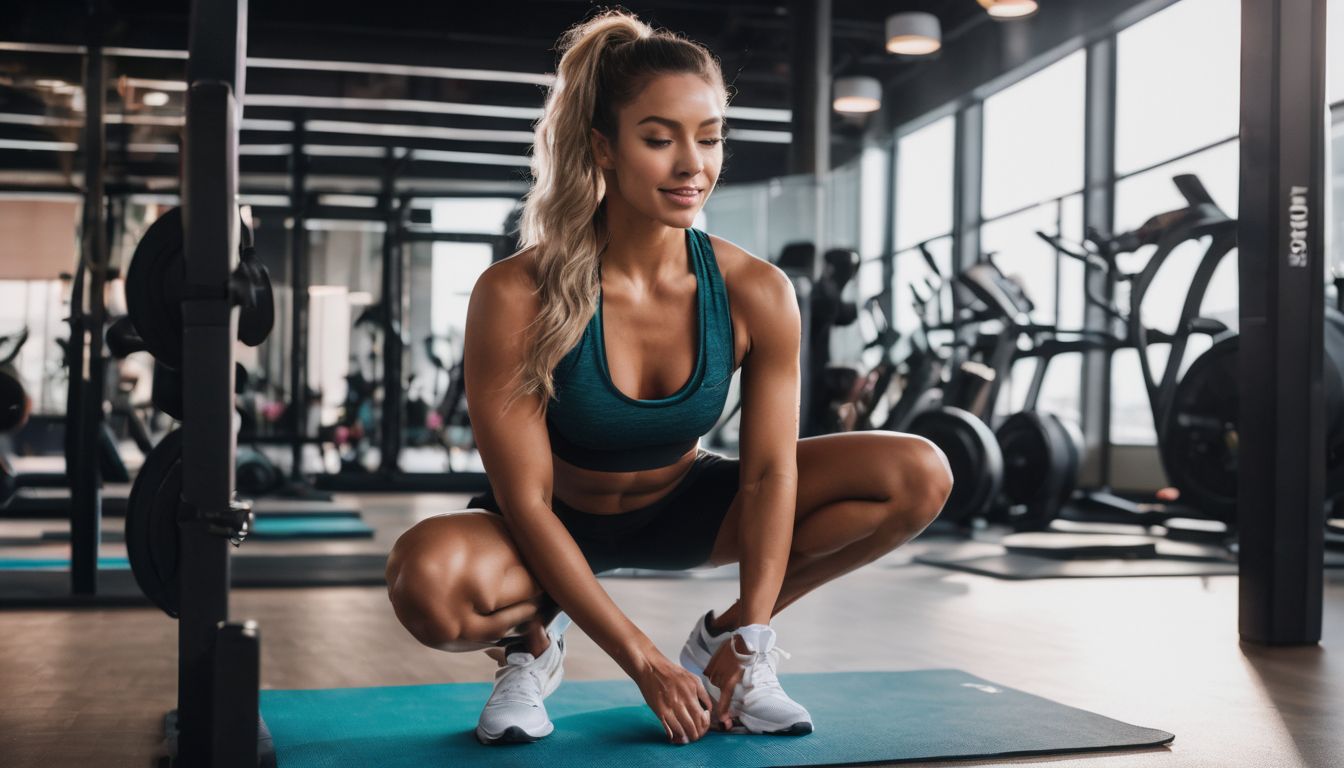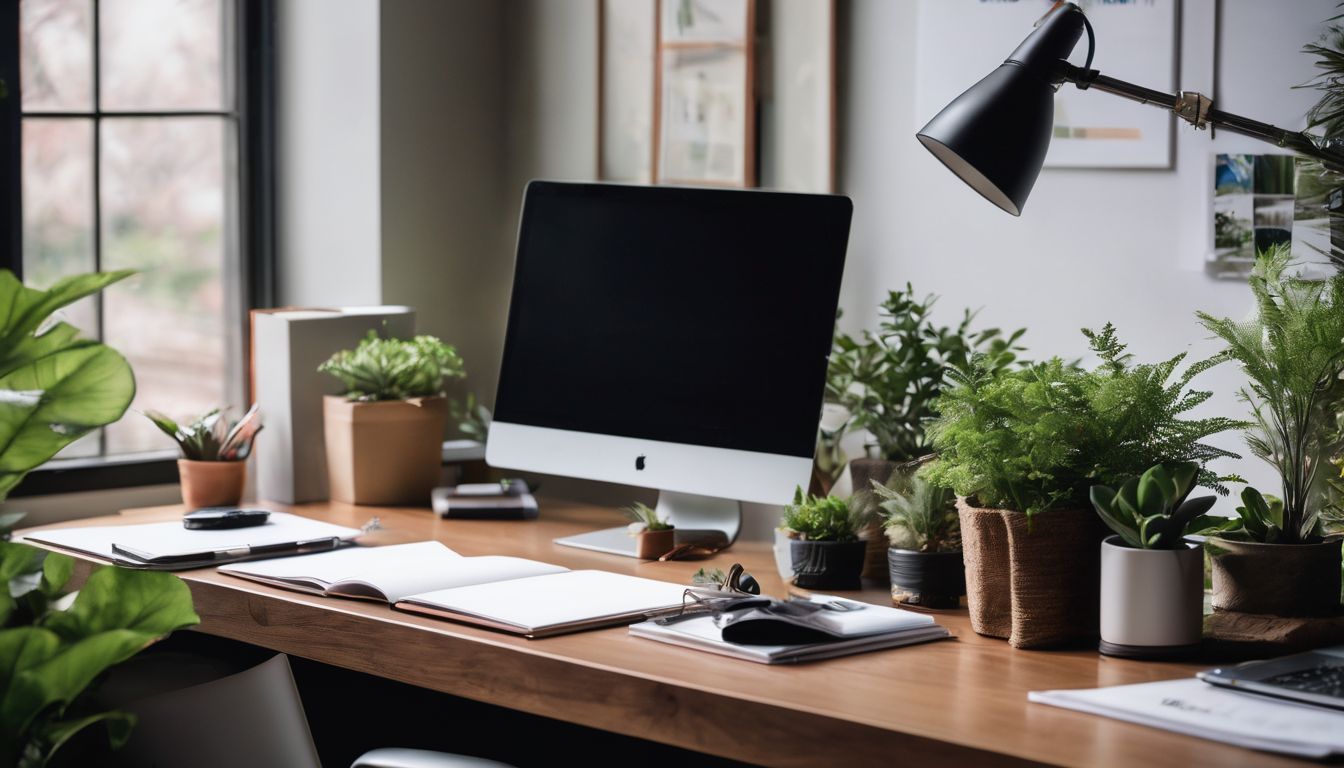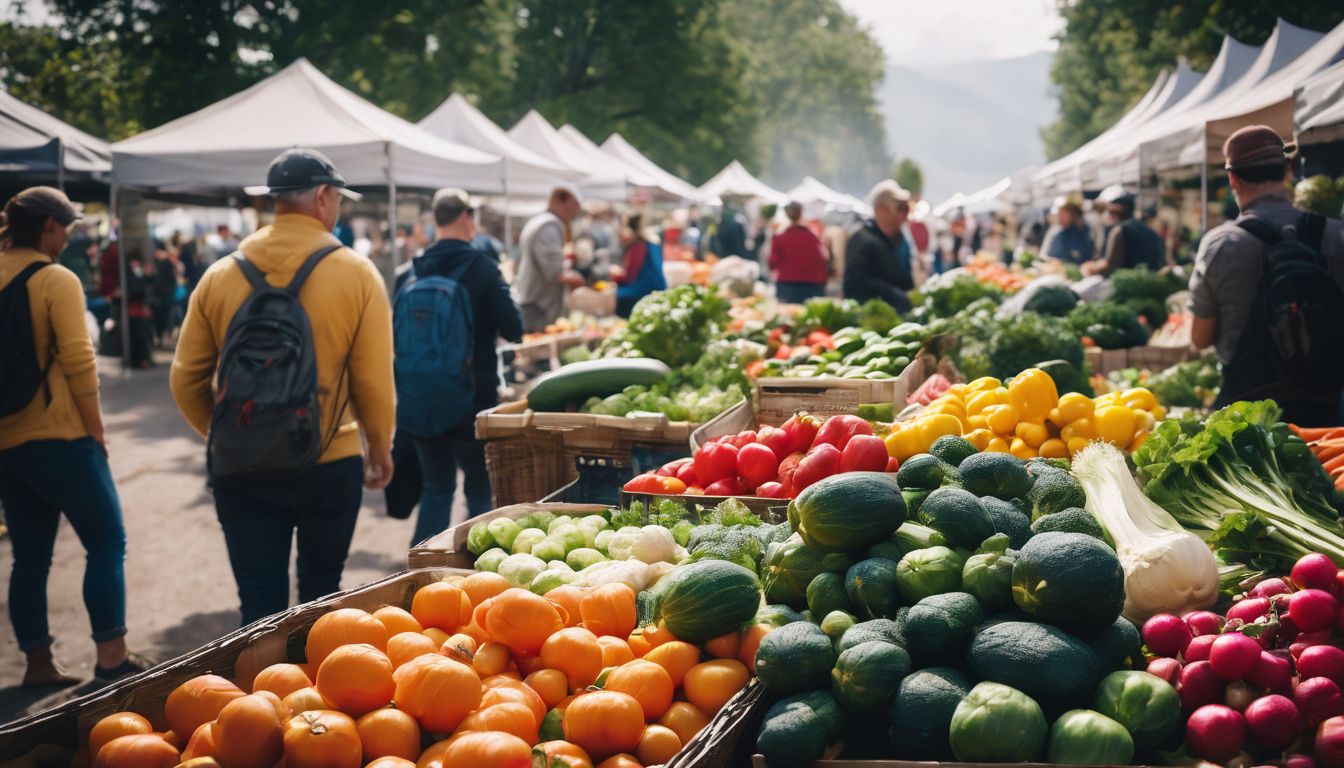My mother always taught me that good habits are important to incorporate into children’s lives at an early age, even if they are not old enough to always remember them. So why not start them off green? Regular baby products, clothing, and food can all be replaced with more environmentally friendly products that will not only help reduce you and your baby’s impact, but they also may be healthier for your little one as well.
Food
Baby food always comes conveniently packaged in those portioned-sized jars carrying mashed vegetables along with a variety of preservatives or additives. Although they are convenient, they are also very wasteful in the sense that for every meal of baby food, a jar is used and thrown away (or recycled of course). Instead, you can provide your baby with 100% fruit or vegetables on your own, guaranteeing that your baby is eating healthy and fresh produce.
To start, go by your local grocer or farmers market and pick up your child’s—or your—favorite fruits and vegetables. Because you will be preparing them on your own, get some that are easy to mush like apples, peaches, sweet potatoes, or peas. If you are on a tighter budget, try buying some vegetables frozen, like peas, because they are less expensive, can be bought cheaply in bulk, and the only ingredient is often just “peas.” If you have the extra cash and want to be super environmentally friendly, buy organic and/or local foods, which will help you to reduce your food mile footprint. See the Greeniacs article “Food miles” http://www.wordpress-837916-4114959.cloudwaysapps.com/GreeniacsArticles/Food_Miles for more information).
Once you return home you will need just a pot of water to cook your produce, as well as a food processor, masher, or blender, whichever one you have in your home already will suffice. If you have none of the above, food mashers are most likely to be the least expensive and just as effective as the electrical devises. To begin, steam your vegetables or fruit, separately will be the best, unless you want a cocktail of produce, which typically does not produce the best taste results. Boiling will also work to get your ingredients nice and mushy, but you are probably aware that boiling has been notoriously rumored to strip the nutritional content from your vegetables. This statement is not completely true. In a May 2008 article by the New York Times, boiling was deemed to be the healthier cooking mechanism for zucchini, broccoli, and carrots, but worse for peas and spinach (See source 4 below). Boiling can release up to 95% of vitamin C in certain vegetables, but retains vitamins A, D, and K. So if steaming is more your forte, then that is fantastic. If you are more of a veggie-boiler, but you are concerned about a loss of vitamin C or other minerals, try using this leftover, nutritionally-enhanced water for something else, such as using it to cook rice in. Either way you do it, once you have your cooked produce nice and soft, put them in your food smashing mechanism and go crazy. This is homemade baby food, so small chunks are definitely an acceptable byproduct or your creation. You should then freeze the majority of your new baby food supply and your baby will enjoy for quite some time!
If you want ideas in addition to fruits and vegetables, oatmeal and tofu are other great food choices. Oatmeal is often suggested for babies and sold in those individual containers, but feel free to buy a single large container of oatmeal. Unlike instant oatmeal, there is no sugar added, the ingredients are generally just “oatmeal,” and buying a large container, usually made of cardboard, reduces waste of those individual packages of plastic or glass jars. Tofu is already a soft food that is packed with nutrients, can be eaten hot or cold, and is so easy to smash into a perfect little pudding for your child. Plus, like peas, oatmeal and tofu are good sources for iron and protein (See source 2 below).
If you are unsure how to proportion your baby food, it is okay to use an old baby food jar to measure out a good size or get your hands on a bowl or measuring cup that is more or less equivalent to the volume of those petite containers. Experts say that toddlers usually need about 1,000 calories a day, so toddlers and younger children should be given about a quarter of an adult’s serving size (See source 1 below).
Clothing
Dressing your baby in environmentally-aware clothing does not mean that he or she will be wrapped in a palm leaf with a hat hand-knitted straight off a llama. Green clothing is available everywhere and it is both affordable and cute enough to make your relatives and neighbors sigh at the site of your baby’s adorableness.
Clothes made with organic cotton are the latest trend in going green. To start, what’s the low down with organic cotton, I mean, why is regular cotton so much worse than organic? The short answer is that, according to the World Wildlife Foundation, cotton uses 11% of the world’s pesticides, 13 which are rated as at least “highly hazardous,” and it is potentially responsible for up to 20,000 human deaths per year due to its ability to highly contaminate adjacent rivers, fish and other wildlife (3). And even though bt cotton—cotton that has been genetically engineered to resist a variety of common pests–is being used in more places around the world, increasing with that is pesticide usage (3). The point: organic cotton produces clothing and products without the harmful environmental effects attached. And organic clothing is not difficult to find. There are many websites and department stores which sell these products, just visit your favorite store’s website and search “organic baby clothing” and you’ll be surprised with what you can find.
And yes, an organic wardrobe is slightly more costly than your every day baby wear. Another solution is to share baby clothes with friends, neighbors, relatives, or co-workers who have children around the same age. Kids often grow out of their clothes before they are overused so trading enables you to add more choices to your baby’s wardrobe without spending the extra money. Of course, when trading, make sure you wash the clothes before using them in order to prevent the spread of disease or other illness.
Diapers
To read about green diapers please refer to the Greeniacs article “Guilt-Free Diapers” for information.
Baby Powder
Everyone needs a kind of baby powder to prevent diaper rash, but what is it made out of? Baby powder is either made of Talc or cornstarch. Talc is a mineral mined from rocks which is crushed, dried, and milled. Cornstarch is made out of the endosperm of corn, which just means the corn kernels. The controversy behind talc is serious enough to concern you and your baby: the Cancer Prevention Coalition reports that talc is a toxin closely related to the carcinogen asbestos. Talc particles have been shown to cause tumors in the reproductive organs and lungs and exposure to female reproductive areas can also cause ovarian cancer (See source 5 below)! More so, it is also harmful to ecosystems because of its open-pit mining techniques (see source 6 below) which consist of dynamiting and blasting mountains, as well as mountain top mining which is ecologically devastating (see source 7 below).
The solution: cornstarch. Yeah, the one you buy in the baker’s isle! Cornstarch is safer for your baby because it is a product directly from farms, is packaged in paper instead of plastic—which means a use of renewable resources rather than petroleum-based resources—and is a heck of a lot cheaper than baby powder. And it works the same as baby powder does in preventing diaper rashes. If this solution seems a bit too middle-ages for you, you can also purchase baby powder that uses cornstarch instead of talc; it is essentially equal to cornstarch but adds a scent or two for flair.
Cribs & Strollers
In May of 2008 the organization Friends of the Earth reported that 31% of baby products, like strollers and cribs, contain halogenated fire retardants, which are extremely toxic, cancer-causing, endocrine-disrupting chemicals (see source 8 below). What is even more scary is that these chemicals are beginning to appear in more products than just furniture, turning up in things like food and breast milk (see source 9 below). This is not good news. However, there are many eco-friendly cribs and strollers that aim at reducing chemicals and using organic materials. Moreover, your baby products can remain fire resistant and be safe for your baby by using non-halogenated fire retardants, which so far have not been reported as dangerous to your health (see source 10 below).
So what should you look for in a green crib and stroller? Cribs are frequently getting chewed on so you want something that does not include chemicals, which includes most standard paints. Wooden cribs could be a good alternative, but the toxins in the varnish also need to be harmless to your child. Unfinished wood is also a bad idea because of possible splintering. While here are many no’s, there are also a great deal of yeses!
For strollers, organic fabrics and non-toxic plastics are ideal. A great company that sells environmentally aware baby and toddler products is Stokke, which can be visited at www.Stokkeusa.com. They are not only huge environmental advocates, but their Xplory stroller was recently used in the new Sex and the City movie! And if you’d like some cute green bedding—the movement not the color—to go with your eco-friendly crib, check out www.wilddill.com, which sells a variety of organic baby bedding and other products. Non-chemically enhanced baby holders are out there! You just have to choose the one that is right for your child.
Conclusion
There’s no reason why babies can’t be brought up in an environmentally wise home. Everything from food to baby powder can be more eco-friendly. The important thing is making sure your loved one is safe and healthy.




